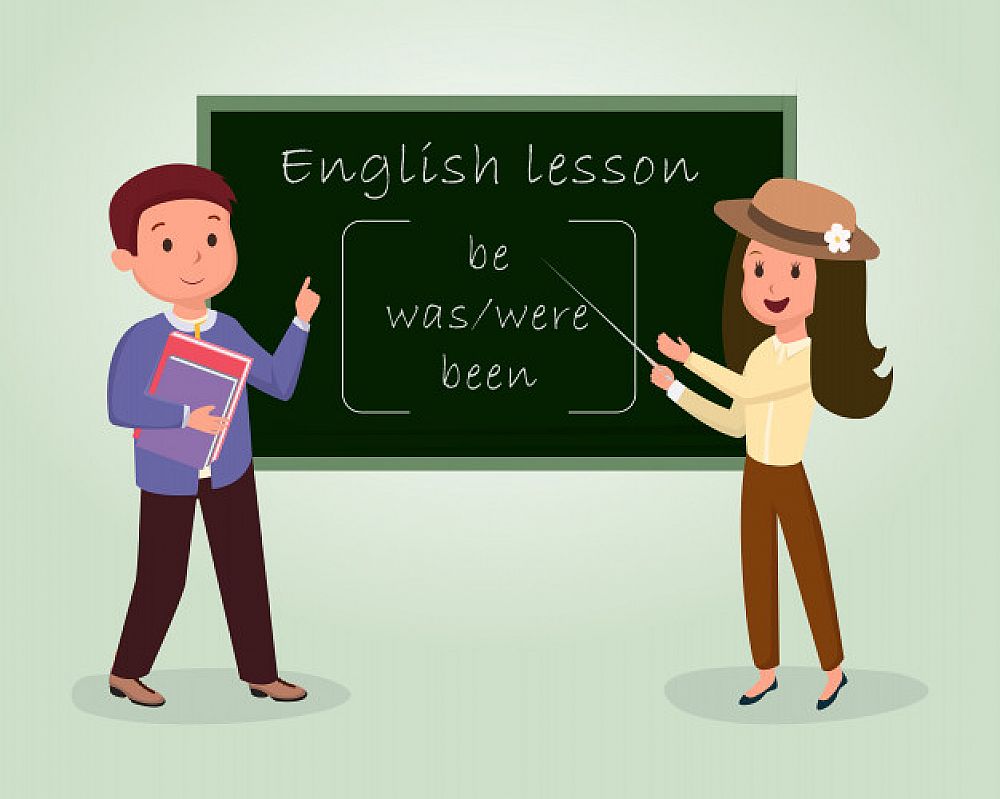Communicative Approach to Teaching Grammar

Grammar is a very important piece of learning English. Students need grammar as it gives them a handle on the language, helps them to become reflective of the language and to build fluency. The goal of a grammar lesson is to present the grammar, help the students comprehend the main points and to move into practice, which starts as controlled practice and passes to free practice. The goal for the students is to develop fluency through the grammar structure, presenting the grammar in a meaningful context.
Table of Contents
How to start a grammar lesson?
Do you want to teach English abroad? Take a TEFL course!
Check out what our course grads say in our many video testimonials!
This post was written by our TEFL certification graduate Natalja S. Please note that this blog post might not necessarily represent the beliefs or opinions of ITTT.
Why is grammar important?
It is important to set up the grammar and the first example may be bringing the teacher's own experience, which is a clue that this grammar has a meaning. Ex: Now I am a teacher before I was an assistant to CEO). Establishing the fact that this grammar point is very useful (talking about what we did before and what we are doing now.)

Also Read: How long does it take to get a TEFL job?
How to start a grammar lesson?
The practice may be planned to ask students what was their job before and now. Some students may also retell what their friends' jobs were before and what they are doing now. Ex: Daniel is a baker now, he was a before.
Once students open their books, the first thing is to focus on the grammar chart/structure presentation, which is already rooted in meaning for the students. We move to the exercise, which targets to check to understand and enables the teacher to see if the students understood the grammar structure. Students reading the examples and tasks, filling in the gaps. The best way to see if the students understood the grammar may be to circulate the class and watch them as they note their answers and listen once they read the tasks. It is very important to check for students' understanding because if they aren't grasping the main grammar point they can't be successful in the activities that follow.
Also Read: The Main Features of Evaluation and Testing in Education
Guided practice
After the first grammar "check your understanding" activity, we move to guided practice, the goal of which is fluency. We want the students to use the grammar points automatically, easily and comfortably. Before students begin to practice with a partner, the teacher makes sure the students understand the focus of the practice. It may take time to settle the activity modeling teacher-student, student-students practice before turning students loose to the pair work. It is very important to make sure that they have very clear models of what they are expected to do.

Student-centered approach
The guided practice is student-centered. Students are expected to work with each other like partners practicing dialogues. The goal is for the teacher is to let students practice and develop their fluency. This exercise enables the teacher to circulate and monitor the students to observe their fluency as it develops.
Also Read: Is Tutoring Better Than Teaching a Group?
Peer learning
The last activity in the grammar lesson is a communicative activity, which is a combination of the lesson. It is an interesting activity for the students to go around the class and talk to each other, finding information that they don't know, writing the answers down.
Do you want to teach English abroad? Take a TEFL course!
The whole point of the grammar lesson is to move from understanding through controlled practice to real communication. This is why I believe it is very important to use grammar to talk about real things and daily life.
Apply now & get certified to teach english abroad!
Speak with an ITTT advisor today to put together your personal plan for teaching English abroad.
Send us an email or call us toll-free at 1-800-490-0531 to speak with an ITTT advisor today.
Related Articles:
- How much can I earn teaching English in Japan?
- Teaching English In Japan - The Salary and Budget Guide
- The Japan Exchange and Teaching (JET) Program: All You Need to Know and How to Apply
- What TEFL course is most useful?
- What's Stopping You from Teaching English Abroad?



